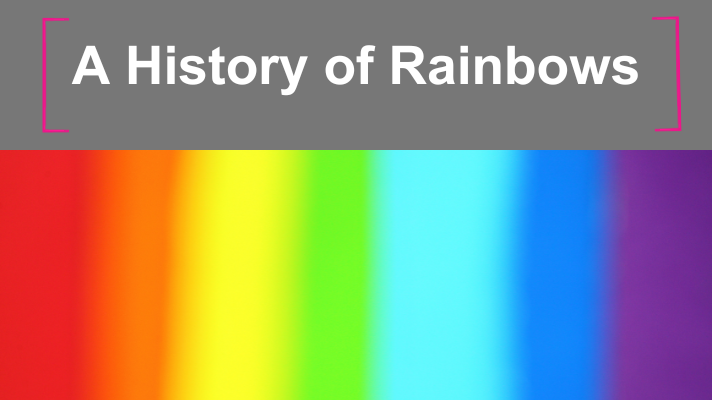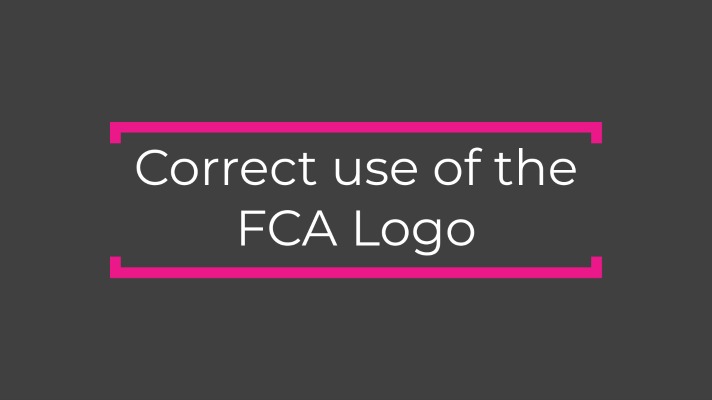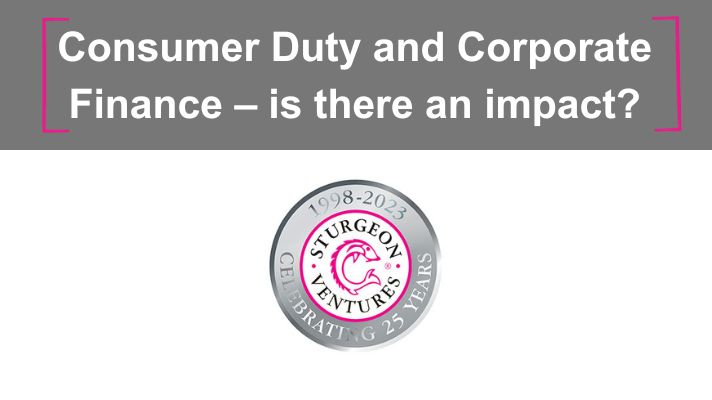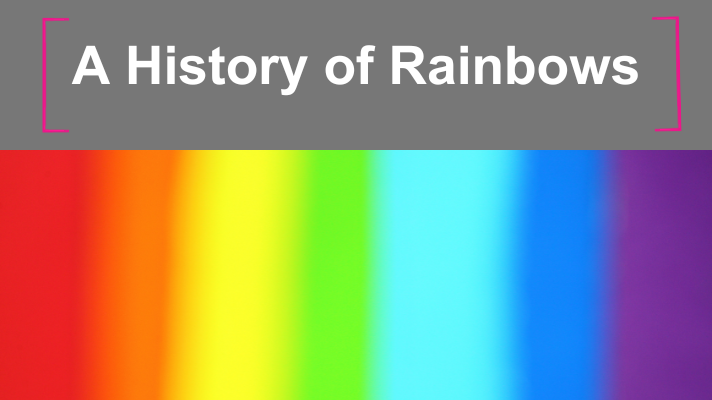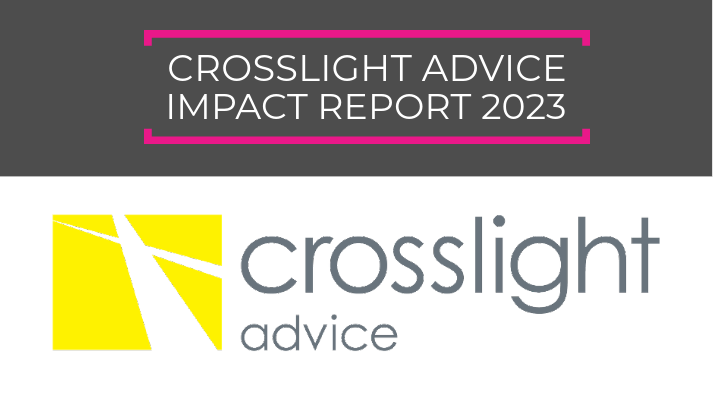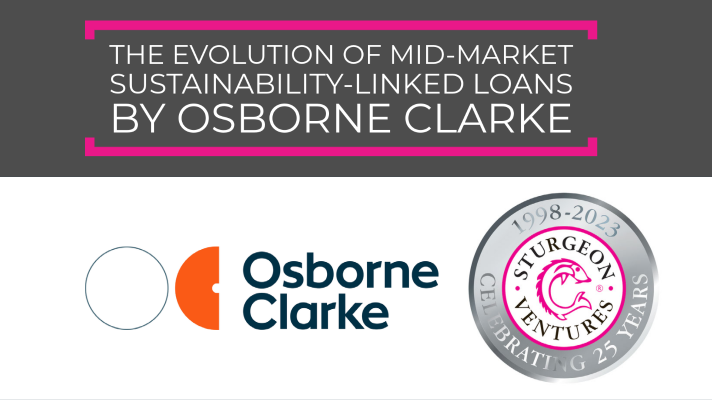History of Rainbows
Why should we care, it’s just a little education, whilst pondering about why 15th January is called Blue Monday, I thought why the rainbow is a symbol of hope… and the educational piece came about.
“Blue Monday” refers to a day in January, usually the third Monday, which was labelled by the UK travel company Sky Travel in 2005 as the most depressing day of the year. They claimed to have used a formula considering weather conditions, relevant mainly to the Northern Hemisphere.
However, this idea has been criticised as pseudoscience. The term originated from a press release associated with Cliff Arnall, a former tutor at Cardiff University’s Centre for Lifelong Learning. The Guardian revealed that this press release was mostly pre-written by the PR agency Porter Novelli, which offered money to academics for their endorsement. Cardiff University later distanced itself from Arnall.
Variations of the story have been repeatedly reused by other companies in press releases, with 2014 seeing Blue Monday invoked by legal firms and drink retailers. Some versions of the story purport to analyse trends in social media posts to determine the date.[4]
In 2018, Arnall told a reporter at the Independent newspaper that it was never his intention to portray the day negatively, but rather “to inspire people to take action and make bold life decisions”. It was also reported that he was working with Virgin Atlantic and Virgin Holidays, having “made it his mission to challenge some of the negative news associated with January and to debunk the melancholic mind-set of ‘Blue Monday.'”
Definition of a rainbow?
A rainbow is a multi-coloured arc made by light striking water droplets. The most familiar type of rainbow is produced when sunlight strikes raindrops in front of a viewer at a precise angle (42 degrees). Rainbows can also be viewed around fog, sea spray, or waterfalls.
How the rainbow has been used as a symbol over the ages?
The Greek philosopher Aristotle first started musing about rainbows and their colours back in 350 BC. His ideas were picked up and elaborated upon by the Roman philosopher Seneca the Younger in his Book 1 of Naturales Quaestiones around 65 AD. Senaca was surprisingly ahead of his time in his reasoning, even predicting the discovery of the prism effect by Newton centuries later.

Throughout the ages, thinkers, philosophers, and naturalists examined the phenomenon of the rainbow effect, noting its appearance not just in the sky but in other circumstances too.
But in every case, two elements were essential for that characteristic burst of colour, water vapour or droplets and sunlight. Finally, Isaac Newton proved that white light is made up of a spectrum of colours by splitting light with a prism. His discovery, together with the work of others before him, finally explained how rainbows form.
He also noted that the sequence of the colours of a rainbow never changed, always running in the same order. He coined the idea that there are seven colours in a spectrum: red, orange, yellow, green, blue, indigo and violet (ROYGBIV). It is said that he only observed five colours, but added orange and indigo, to align the number of colours with the number of notes in the musical scale.
Most modern definitions of the spectrum of visible light exclude indigo, merging it into the ranges of shades of blue and violet.
The colours of a rainbow
The idea that there are seven colours in the rainbow still lasts to this day. Immediately, you might think this to be true, but closer inspection of a rainbow shows that there are far more than just seven individual hues.
A rainbow is not a pure spectrum. It is actually made up of a myriad of individual spectral colours that have overlapped and mixed.
The basic sequence for primary rainbows is always the same running from:
Red (the longest wavelength at around 780 nm) through to Violet (the shortest wavelength in the sequence at 380 nm).
The seven-colour idea is still a popular one and it helps remember the order of the most recognisable colours in a rainbow. However, remember that there is also a whole range of colours, so many that we cannot distinguish them all with the naked eye.
The Bible and the rainbow, what is the significance?
Genesis 9:12-17 CEV
The rainbow that I have put in the sky will be my sign to you and to every living creature on earth. It will remind you that I will keep this promise forever. When I send clouds over the earth, and a rainbow appears in the sky, I will remember my promise to you and to all other living creatures. Never again will I let floodwaters destroy all life. When I see the rainbow in the sky, I will always remember the promise that I have made to every living creature. The rainbow will be the sign of that solemn promise.
The prophet Ezekiel compares the brilliance of his vision of God’s glory to a rainbow in Ezekiel 1:28: “As the rainbow appears that is in the cloud in the day of rain, so was the appearance of His brightness all around.”
A rainbow is a pinnacle of God’s astounding creation. It shines in a dismal, rainy sky or a sky just beginning to reveal the sun. A rainbow reminds us of God’s faithfulness in stormy times.
At the end of the New Testament, in John’s prophetic book of Revelation, he describes the glory and power of God on his throne with these words: After these things I looked, and behold, a door opened in heaven . . . and a rainbow was around the throne” (Revelation 4:1,3).
The second mention of a rainbow in Revelation occurs when John describes a mighty angel: Then I saw another strong angel coming down out of heaven, clothed with a cloud, and with a rainbow on his head (Revelation 10:1).
We can only imagine seeing the splendour of God and His angel. Rainbow imagery illustrates John’s stunning prophecy.
Significance of the rainbow in the Bible?
From Genesis to Revelation, a rainbow is an important symbol of God’s presence and power. Seeing a rainbow’s beauty is awe-inspiring, in Bible times and now. Sighting a rainbow after a storm is—as it was to Noah—a metaphor for faith, for the enduring gifts of God’s grace and mercy.

In popular culture, a rainbow represents variety, life in all its possibilities. God made sure Noah collected two of every species on the ark, to promote a variety of creatures on earth. Given this, perhaps God missed the variety of humanity, with all of its shortcomings, after the flood. God welcomes our range of physical, spiritual, and intellectual gifts (1 Corinthians 12:4-6)—and our range of experiences leading us to God.
The song “Somewhere, Over the Rainbow,” a timeless tune from The Wizard of Oz, brings hope to a Kansas farm girl yearning for adventure and beauty. If she can climb beyond the rainbow, out of her mundane existence, she believes she will achieve her dreams.
Reverend Jesse Jackson formed the Rainbow Coalition during his run for the presidential primary. He promoted the idea that all people could have a voice in their government. The term “rainbow” has always addressed diversity.
The various Pride Rainbows which are depicted as a flag are not actually the same colours as the natural rainbow, how do they differ?
Previously, you may have noticed that the LGBTQIA+ pride flag displayed every June for Pride month was a simple red-to-violet rainbow this was the iconic rainbow flag which appeared in 1978, but a new and slightly different flag has been flying in its place in the last couple of years. This new flag is called the Intersex-Inclusive Progress Pride Flag, created by Valentino Vecchietti of Intersex Equality Rights UK in 2021. It is an update to the previous Progress Pride Flag created in 2018 by Daniel Quasar.
What do the colours of the new pride flag mean? Why does the new design have some of the colours placed in a different shape rather than in a line like before? How are people responding to this new design?
History of the Pride Rainbow Flag
The original pride flag was created in 1978 by gay activist Gilbert Baker, friend of Harvey Milk, the first openly gay man to be elected to public office in California. Baker used eight colours and corresponding meanings: hot pink for sexuality, red for life, orange for healing, yellow for the sun, green for nature, turquoise for art, indigo for harmony, and violet for spirit.
Why was pink removed from the Pride Flag?
The original hot pink colour was removed from the Pride flag in 1979 because the fabric was difficult to find.
Another, simplified version of the flag with just six colours was developed later on. It kept the original rainbow colors: red, orange,
yellow, green, indigo, and violet. This flag was a mainstay for several decades before the redesign.
In 2018 the Progress Pride Flag added a Chevron of black, brown, light blue pink and white to signify people of colour, transpeople and those living with aids or whose lives were lost because of it.
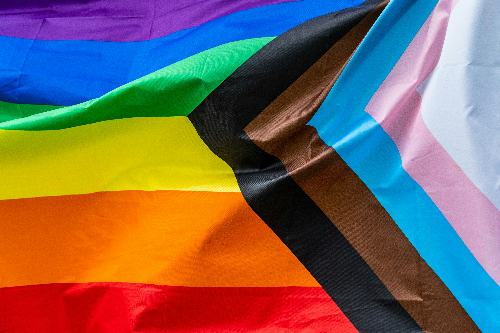
In 2021 yellow with a purple circle was added for Intersex.
What the colours of the Inclusive Progress Pride Flag mean
The pride flag colours each hold a different meaning, and each colour represents an important value of the LGBTQIA+ community. Let’s look at what each of the rainbow colours represents.
Red
The red in the flag represents life. This makes sense if you think about how blood is red and how often blood is thought of as a vital life force of the body. This replaced the Progress Pride Flag from 2018. Red also represents passion among many cultures. Passion is ideally where life originates from.
Orange
Orange represents healing. As a colour, orange is believed to be a fun and celebratory color. Fun and celebration are both healing activities.
Yellow
If you guessed that yellow represented sunlight, you would be correct. The colour yellow functions as the flag’s radiant and bright center. The colour yellow is said to stimulate new ideas and thoughts.
Green
There’s a lot of green in nature, which is what this colour on the original pride flag is meant to convey. Nature is a healing place, and the colour green is associated with prosperity and growth.
Indigo
The indigo or blue in the original pride flag was for serenity. Little is more important than the ability to feel calm and serene. Blue is known as a relaxing color that soothes the soul. The colour blue is often used for nighttime consumer products to represent bedtime and calmness.
Violet
The last colour, violet (or purple) represents spirit. Purple is often thought of as a regal, royal color that, on its own, denotes pride. Like blue, purple is considered a calming color, but rather than being associated only with calm, the color purple connects us to the spiritual realm.
What do the colours in the New Progress Pride Flag Mean?
The Progress Pride Flag was created with the inspiration of other pride flags—specifically, the Philadelphia Pride Flag from 2017 and the trans flag.
The Philadelphia Pride Flag had black and brown vertical stripes added. The trans flag, created in 1999, is pink, baby blue, and white. Both flags inspired the design of the new pride flag.
The new Progress Pride Flag includes new colours and a new design that are meant to represent people of colour, as well as people who are transgender, intersex, or non-binary.
Black and brown represents People of Colour
The Philadelphia Pride Flag was designed by the Philadelphia Office of LGBT Affairs and was done in partnership with advertising agency Tierney. It was introduced at a City Hall ceremony in June of 2017. The flag showed the traditional six rainbow colors in horizontal stripes, with a black and a brown stripe atop them.
The colours black and brown were added to the Progress Pride Flag to represent people of colour (POC). This was an important addition because people of colour have often been left out of the queer narrative despite being the driving force behind the movement.
It wasn’t until recent years that our society acknowledged that the pride movement originated thanks to Black trans activists such as Marsha P. Johnson, who notoriously fought back against police at the Stonewall Inn in June of 1969. The Stonewall riot members were mostly people of colour, and many were trans.
With the rise of the Black Lives Matter movement, culture at large began to shift in a much-needed way towards acknowledging the vital roles that people of color have had in our society. The pride movement background is one of many areas where POC, particularly Black people, did not receive the recognition they deserved historically. Adding colors to represent them on the flag is one way to change that.
Additionally, the black and brown stripes are meant to represent people living with HIV/AIDS, those who have died from it, and the stigma around the virus that is still present in our society now.
Pink, baby blue, and white represent Trans People
Transwoman Monica Helms created the trans pride flag, which first flew in a pride parade in Phoenix, Arizona back in 2000. Monica Helms is a transgender activist, author, and U.S. Navy veteran.
Traditionally, the colours pink and baby blue have been used to represent whether a baby is a boy or a girl. Here, the colours denote those genders. The colour white represents people who are transitioning, intersex, or identify outside of the gender binary.
The flag is meant to provide affirmation for trans people no matter how it is flown, with either side on top.
Colour placement and a new shape
The word “progress” in the new flag isn’t only about adding the new colours to it. It’s also because of the shape, which differs from the original design of horizontal stripes only. The Progress Pride Flag shows the white, pink, baby blue, black, and brown stripes in a triangle shape, with the old six-colour rainbow stacked next to them.
This was done intentionally to convey the separation in meaning and shift focus to how important the issues represented on the left are.
The placement of the new colours in an arrow shape is meant to convey the progress still needed. Quasar spoke publicly about how work is still needed in terms of POC and trans rights. This arrow design is meant to highlight that.
Although the Pride flag continues to evolve, the most recent update includes a yellow triangle with a purple circle inside it to represent the intersex community. It now serves as the most up to date LGBTQIA+ flag.1
Why the Pride Flag is important
The pride flag serves as a symbol of the LGBTQIA+ community. It is a visual reminder of the struggles and oppression that people in the community have faced and continue to face, but it’s also a sign of hope.
People have displayed the flag outside of their homes or business to signal to others in the community that they have a safe space to enter.
The widespread use of the pride flag allows LGBTQIA+ individuals to connect with each other and feel included regardless of their location. No matter where you are or how you identify, the rainbow colours are meant to signify that you are included, welcome, and safe as part of the LGBTQIA+ community.


